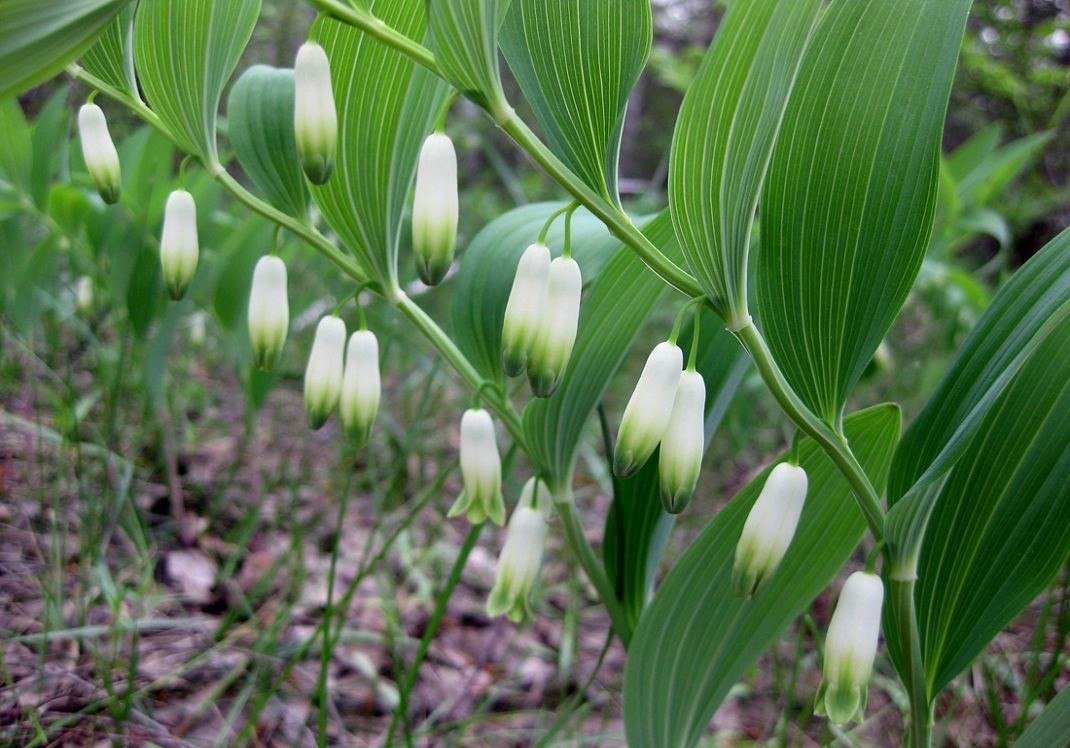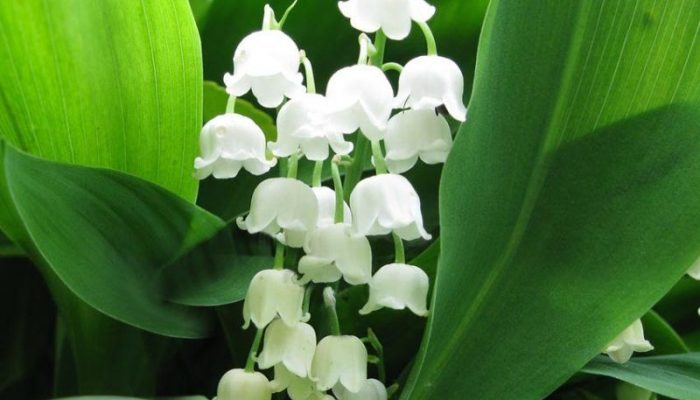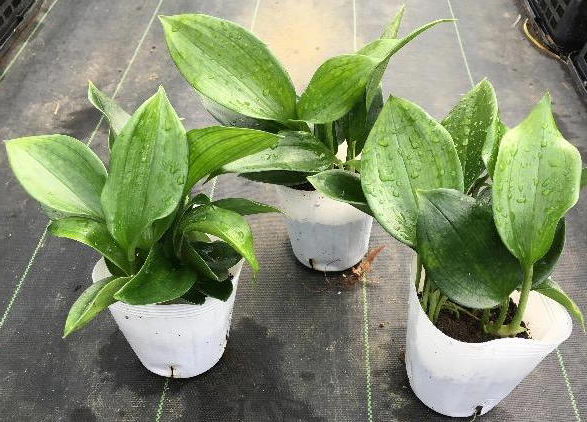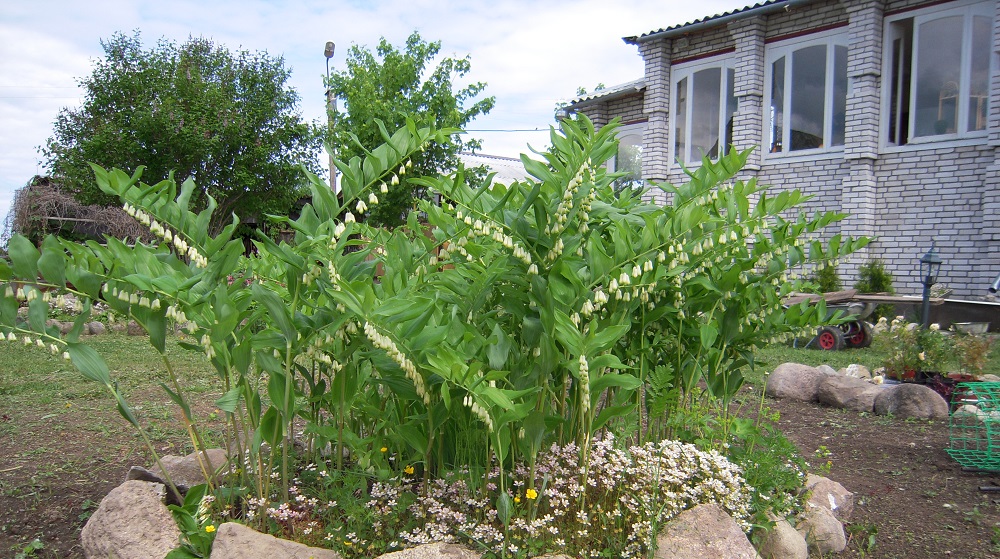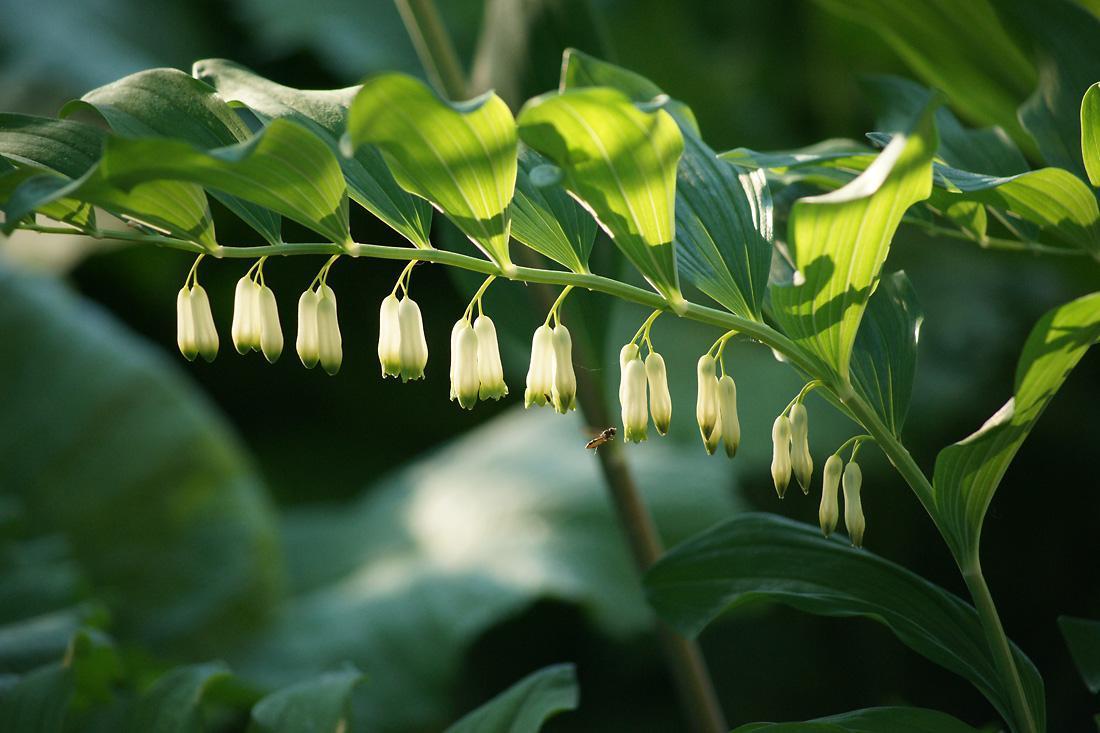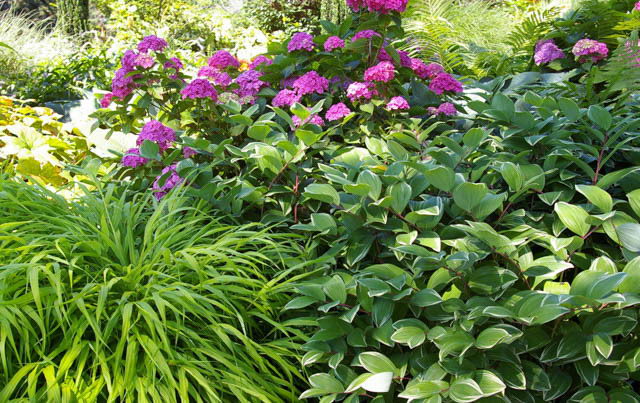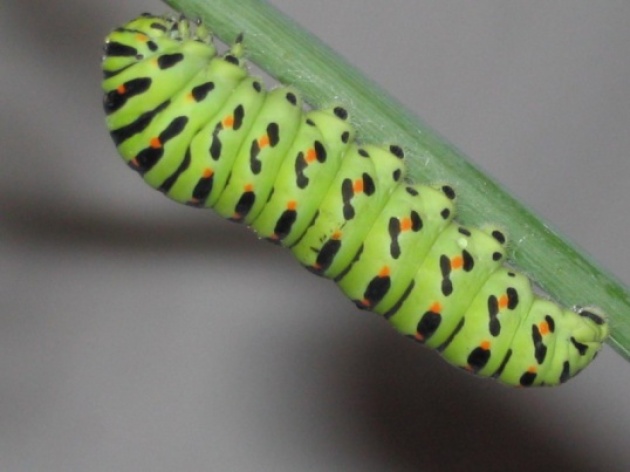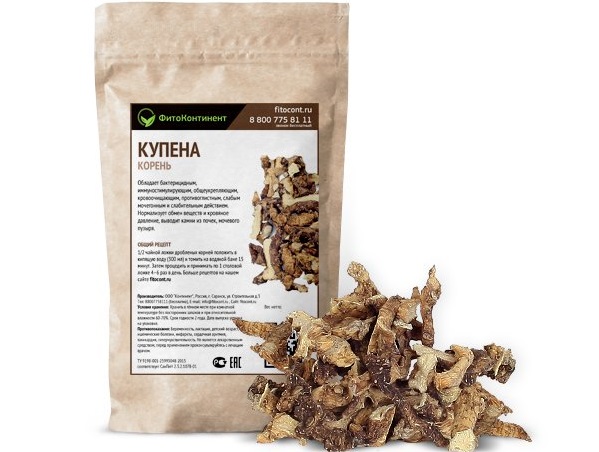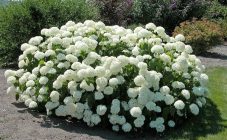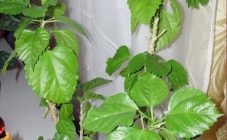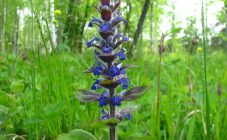Content:
Fragrant or whorled, undersized or Chinese, medicinal or broad-leaved, is a beautiful perennial plant that is popular with gardeners. It is used in landscape design and ordinary flower beds. Its leaves are green all summer long and are similar to those of the hosta.
Description of the plant
Flowers appear at the very beginning of summer, when there are still few flowering plants in the garden, and they delight the eye with their white color and similarity to miniature bells. Inflorescences are bisexual, collected in small groups in the leaf axils
The rhizome is horizontal; traces of dead shoots resembling seals are clearly visible on it.
This perennial not only has decorative qualities, but is also a powerful drug that can cure or weaken the symptoms of many diseases.
Kupena: planting and care in the open field
The plant grows well on any soil and prefers to settle in partial shade or shade. In nature, it grows under the shade of forests and feels great in shaded areas.
It is a close relative of the May lily of the valley, once it was part of the Lily of the Valley family, now abolished. Now it belongs to the Asparagus family.
The plant does not like the close occurrence of groundwater and dies with stagnant water.
When to transplant a kupen? In principle, it is possible to plant a kupena in open ground at any time of the year, since the plant has excellent survival rate. But it is best to replant in late summer or early autumn, when the roots have gained a good supply of nutrients.
Kupena seeds reproduce very rarely, since long-trunk bumblebees are needed for pollination of the plant, without them the ovary simply will not exist. The exception is broad-leaved kupena, the seeds of which ripen perfectly without these insects. Also, planting material quickly loses its germination and needs stratification, and the growing process will take several years.
The fastest and most productive process of reproduction of garden lily of the valley (this is how amateur gardeners call the kupena) is the division of the bush.
Landing purchased and further care is very simple:
- A planting pit is dug at the site of the proposed landing, into which drainage and complex fertilizers are introduced.
- The pit is filled with fertile soil and compacted.
- The rhizomes are buried 8-10 cm into the soil and an irrigation groove is formed around the bush, into which 5 liters of water are poured.
- In the first couple of years of life in a new place after planting, the development of the bush proceeds slowly, and then, with full rooting, intensive growth and expansion of the bush begins in width.
- Care comes down to regular weeding and watering.
The ability of a garden lily of the valley to quickly fill shady garden corners, inevitably displacing weeds, undemanding soil and watering make this plant indispensable in landscape design.
It is practically not required to take care of the bush after the growth of the bush. The plant lives by itself and requires only restrictions in freedom, since, expanding in different directions, it is able to fill everything around.
The bushes have increased cold resistance, do not freeze and do not require any shelter for the winter, a natural snow cover is quite enough.
Kupena in landscape design
Landscape designers have been using garden lily of the valley for a long time. The plant helps to significantly refine the places and mask problem areas. Kupena will look spectacular along the fence and in the garden, squeezing weeds from the territory.
Novice gardeners often ask the question: what to plant close to the compartment so that the composition looks beautiful. Perennials look great with her, especially primroses - daylilies, hosts, as well as ferns. In addition, the undersized kupena is used as a planting in hedges and sheared sculptural groups to cover the unsightly appearance of sheared bases on which young shoots no longer grow. Also, the purchase will quickly fill those places where there are bald spots and improvement work was carried out.
Tall bushes are not prone to rapid growth and are quite capable of withstanding the given shape and size of the curtain for several years, delighting the owners with magnificent early flowering and lack of special care and maintenance.
An important condition for the growth of a garden lily of the valley is a light and humus-rich soil, since in nature it grows under large forest trees, on soil abundantly flavored with a layer of decaying leaves. The garden lily of the valley displays a special riot and beauty in places that are not exposed to direct sunlight throughout the day.
The plant looks very refined and elegant next to large stones and decorative elements made of wood, especially next to mossy stumps and snags, along the banks of decorative ponds and in rockeries. In the garden interspersed with stones it favorably neighbors with hosts and forest geraniums, primroses.
Crocuses and scillas, tulips and daffodils, irises and primroses are wonderful neighbors bought, as it beautifully sets off their flowering. The neighborhood with low ground cover plants adds the necessary charm to the garden lily of the valley. Perfectly complements kupena and its relative - dicenter, popularly called "broken heart". The combination of these two plants invariably evokes delight and admiration. Loves the society of ferns and doronicum.
Growing a garden lily of the valley is a simple and not troublesome business, which does not require large material costs and investments.
Good bought and cut. A bouquet with translucent wax flowers captivates with its beauty and sophistication, stands in a vase for a long time, decorating the interior.
Kupena: diseases and pests
Kupena is highly resistant to common plant diseases. During cold and rainy periods, the plant can be exposed to powdery mildew or gray mold.In this case, remove the affected areas and spray the remaining green mass with a fungicide solution, observing the dosage given in the instructions.
A dangerous pest for the purchased pest is Solomon's sawfly, capable of gnawing leaves to skeletal veins. The larvae eat the green mass, which lay small flying flies. They fight this scourge with insecticides.
Plants are sometimes attacked by pests such as caterpillars and slugs that attack leaves and young shoots. In this case, you can try using folk repellents, but it is much easier to apply a comprehensive pest control and spray the plants with it.
Useful properties of the purchased
Garden lily of the valley has medicinal properties, contains a number of substances useful for the treatment of diseases: cardiac glycosides and flavonoids, ascorbic acid and alkaloids. In folk medicine, the plant is used to treat acute respiratory infections and bronchitis, pneumonia and rheumatism, fibroids and gout. Compresses with Kupena infusion do an excellent job with bruises and wounds, decoctions help in the fight against stomach diseases, including ulcers.
Despite the fact that the plant is poisonous, with proper heat treatment, the poisons lose their toxic power and thus allow the use of funds bought in the home first-aid kit, the use of decoctions and infusions in the treatment of various diseases.
Thus, the garden lily of the valley is not just a beautiful plant in landscape design, but also a useful bush that can cure many ailments. In addition, Kupena is a weed fighter. Do many gardeners dream of such a flower ?!
